I don't know where you are seeing the pole past 1GHz, here is my sim:
I did add some series resistance on the voltage source, because in the physical world you'll have at least 10mΩ on any source.
One thing that could be happening is cshunt could be changing things (it adds a capactior to ground on every node, which is more realistic for a PCB as each trace will have some capacitance to a ground plane if you have one in your design) Also the above plot is with cshunt disabled, in the one below cshunt is 1pf. One problem also would be the return path inductance/resistance to the source which would need to be modled. Also I would suspect you would need transmission lines to carry any kind of GHz bandwidth.
When all is said and done GHz get's filtered out pretty quick in the real world as any kind of copper has parasitic inductance and that would impede GHz signals
If you are looking at the GHz+ range, you would probably want to model each element of the capacitor and its capacitance to a local plane on the PCB, I kind of did this in this answer here. Why does Samsung include useless capacitors?
(and take each volume of the capacitor and PCB and come up with a parametric model for the whole capacitor) YMMV because materials also make a difference so it would probably be best to analyze it with a network analyzer or GHz source (which I have no experience with).
Edit:
One interesting thing is adding ESR and ESL of the wire with cshunt and I did get the frequency to 'pop'.
While I think you could get some resonance on the PCB, I think you'd have to get a much detailed model (the input from the voltage source needs to be a waveguide/transmission line because attenuation would sink most GHz signals)
here is also this one where cshunt is negated and I added in two 1pf caps and it looks much more normal, the real world could be somewhere in between the model above and below

